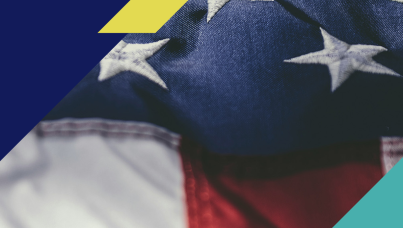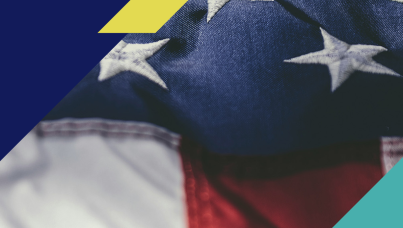American health in polarizing times
This week we released our first Axios-Ipsos American Health Index, which builds off of our Axios-Ipsos Coronavirus Index and expands into some of the biggest worries Americans have around healthcare, behaviors surrounding health and wellness, and what policies the public supports.
Between March 2020 and now, a lot has changed. COVID isn’t the top concern for people anymore, as other perennial issues in the American health landscape, like healthcare costs and drug overdoses, rise to the fore.
What has stayed the same? In short, partisanship. The political divide and the different realities partisans live in continue to color views for many Americans.
This week we break down Americans’ experiences with health and healthcare in five charts below.
- Number one threat. When asked about the biggest threat to public health, the opioid and fentanyl epidemic is looming large for many Americans. From there, other public health issues like obesity and access to guns or firearms follow. Compared to these other issues, COVID is low on the list.
- Partisan perspective. Partisanship colors people’s world view. While near-majorities of Democrats and Republicans alike feel that overdose deaths and violent crime are increasing in their area, Republicans are more likely to report this than Democrats. Because of the lingering polarization around the pandemic and vaccinations, Democrats are more likely to feel that COVID and flu or other infections are rising in their community. Two Americas, one red, the other blue.
- Polarizing pandemic. There is no unified understanding of whether the pandemic is even over. Few Democrats feel the pandemic is over, while most Republicans have moved on. Partisanship split people’s realities during the pandemic and it continues to divide how people interpret the present. The tale of two Americas.
- Vaccination nation. Most Americans have received at least one dose of the COVID vaccine. Given the hesitancy surrounding and political jousting over the COVID vaccine, this is a remarkable feat to reach. But booster shots are lagging way behind. This hasn’t majorly impacted us yet, but time will tell if it comes back to haunt us.
- Healthcare messengers. Americans still view their doctors, family, and friends as trusted sources of information when it comes to health. But government institutions and politicians are too close to the political sphere to warrant resounding trust from Democrats and Republicans alike. We trust who is closest to us, even as the partisan COVID effects on institutions—like the CDC—linger.
Healthcare is a worry for many Americans, occupying a good portion of ;President Biden’s State of the Union address a few weeks ago.
But Democrats and Republicans tell different stories about the last three years. And that changes how they view the present. Partisans don’t see eye-to-eye on the healthcare issues facing the country or their communities, which puts constraints on exactly who and how people can communicate around these issues. It’s another story of a nation divided.



